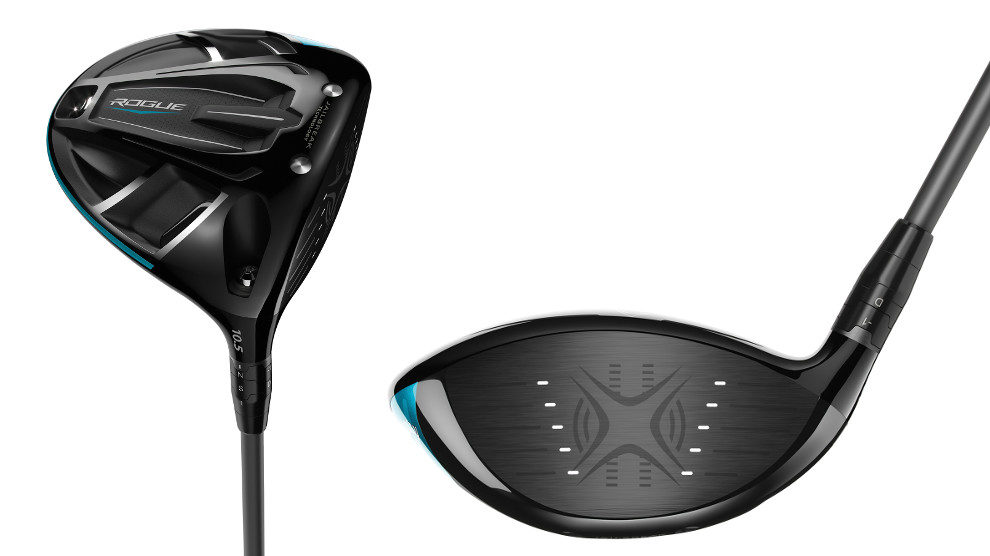If you're buying golf clubs, you're going to hear a lot about moment of inertia, or MOI, from the people selling you equipment. And that's for good reason. Moment of inertia is very important to a golf club's performance.
In physics terms, moment of inertia is a measure of the golf club's resistance to twisting at impact. There are actually lots of measures of moment of inertia, detecting the resistance to twisting in every which direction. For golf clubs, it's typically vertical and horizontal MOI, determining how much the club twists left and right, as well up and down.
In layman's terms, moment of inertia is a measure of how forgiving a golf club is. The higher the MOI, the more stable the golf club at impact.
What is moment of inertia for golf clubs?
When you hit a golf ball with a golf club, your golf club will twist, even if a little bit, no matter where you strike the ball on the face. However, the farther you get away from the sweet spot -- where you'll transfer the most energy to the ball and it will fly farthest -- the more the club will twist at impact and send the ball both off-line and not as far as hoped.
Quite simply, the golf club isn't build to support an off-center strike as well as it does when you pure it. That makes sense. So golf club manufacturers are always trying to offer a higher moment of inertia rating, so as to give a golfer more protection on off-center hits.
Moment of inertia exists on every golf club, including putters, where the higher moment of inertia offers particular help in keeping putts more online and closer to the intended distance.
How can moment of inertia be increased?
Moment of inertia changes by changing the mass properties of a golf club. MOI goes higher when a golf club has more of its weight (which is, technically, a function of gravity's effect on mass) on the extremes of the golf club. In golf speak, that means "perimeter weighting." By moving weight to the outside edges of the club, particularly on the club face, there's more support for off-center hits. And that's basically how a trampoline works, which is why the term "trampoline effect" was invented to describe how golf clubs work when the moment of inertia increases.
The USGA requires golf clubs to have a MOI limit of 5900 gm/cm2 or lower.

